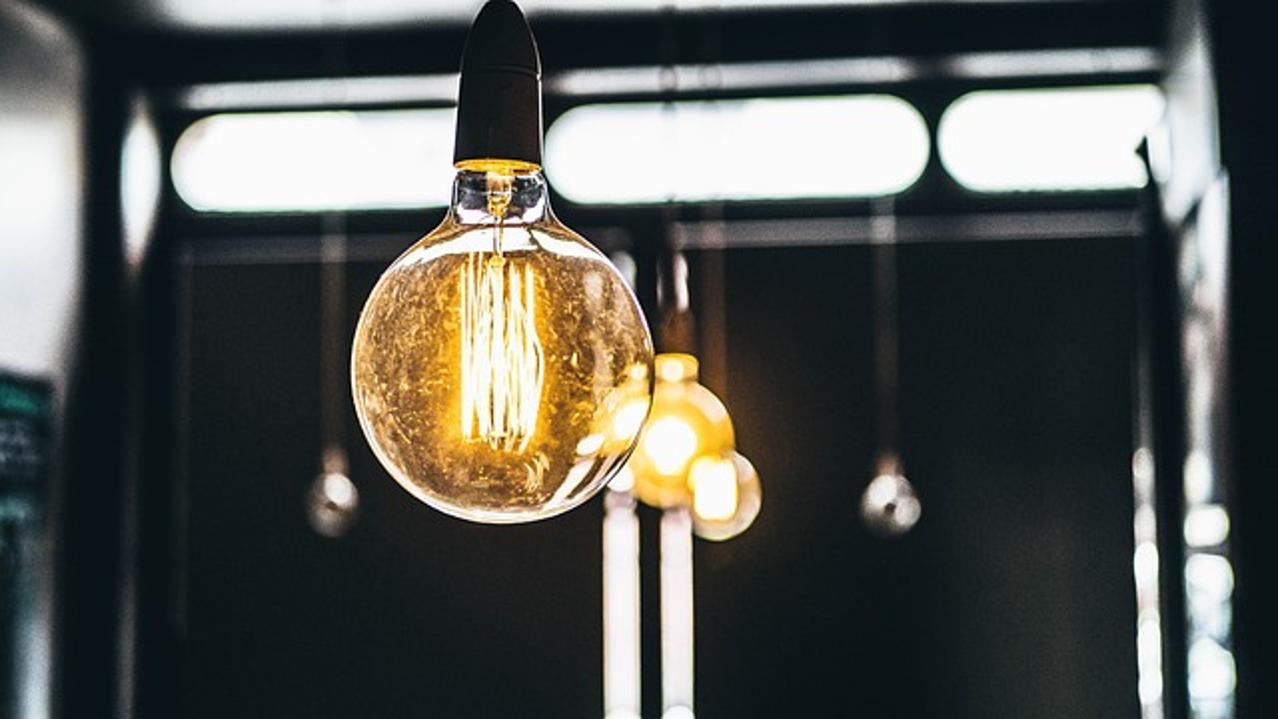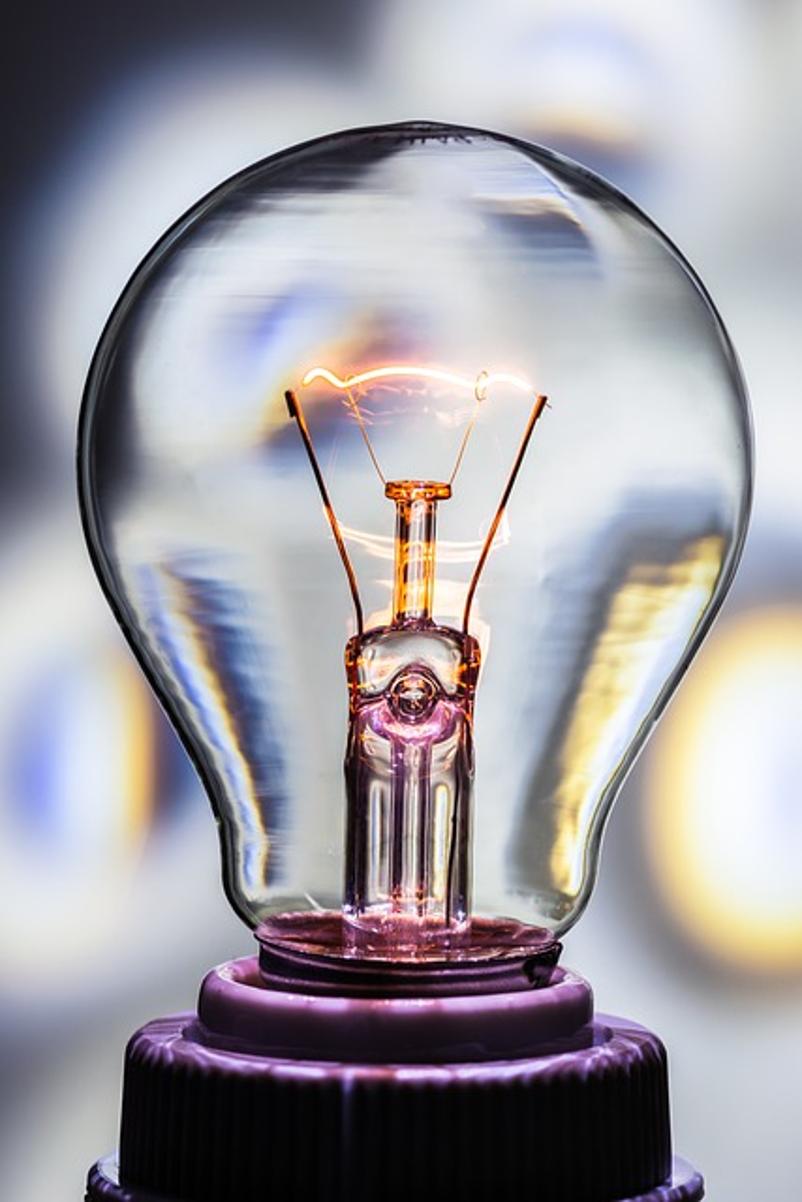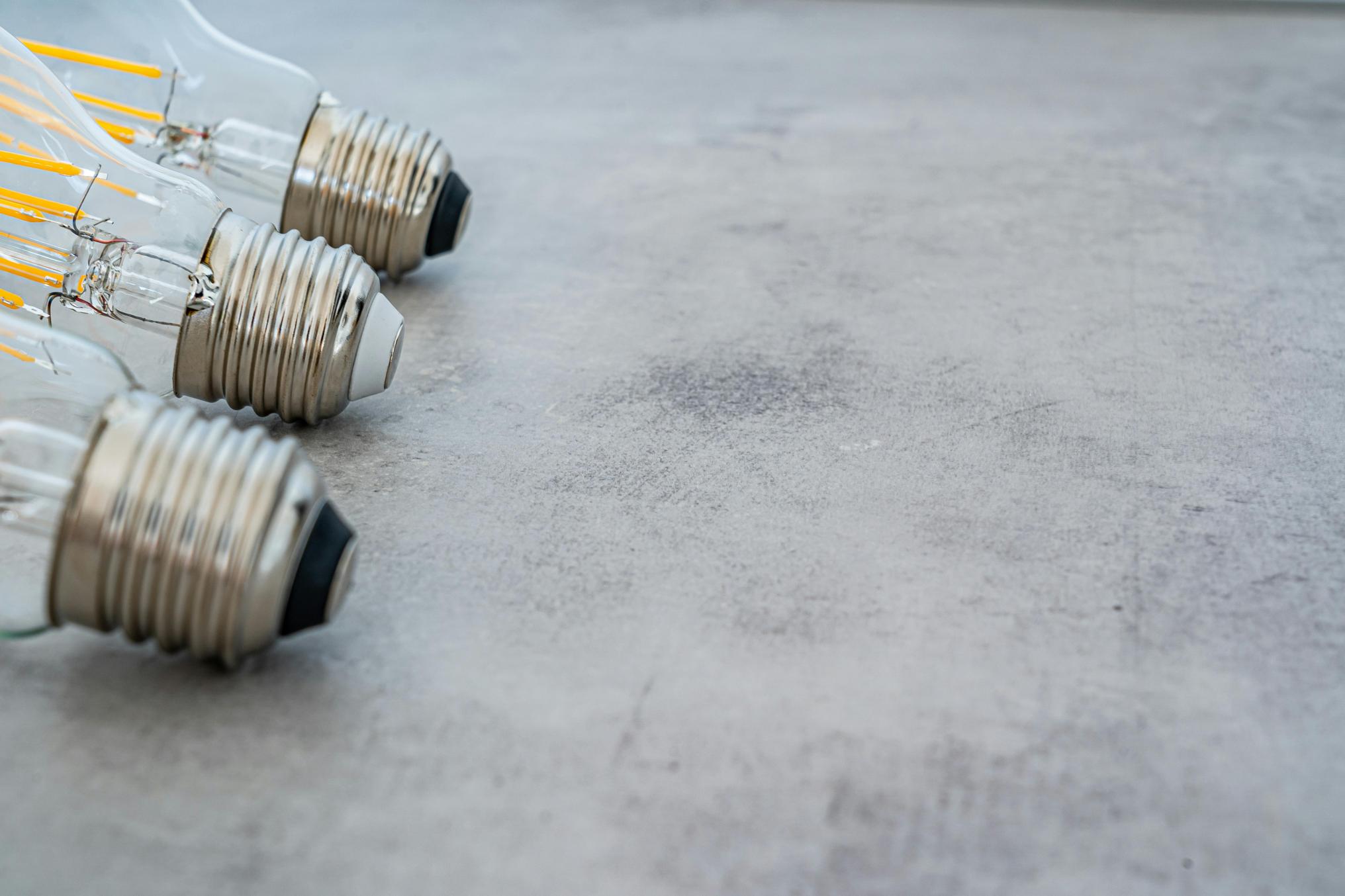Introduction
Choosing the right light bulb for your home is crucial for your comfort and wallet. The debate between incandescent and LED light bulbs involves several factors like energy efficiency, cost, environmental impact, lifespan, and safety. By understanding these differences, you can make an informed decision that will benefit both your living space and the planet. This comprehensive guide will shed light on these aspects to help you choose wisely.

Understanding Incandescent Light Bulbs
Incandescent light bulbs have been a staple in homes for over a century. They operate by passing an electric current through a filament, which heats up and produces light. These bulbs are known for their warm, inviting glow that closely mimics natural sunlight. However, while they provide an aesthetically pleasing light, incandescent bulbs are not very energy-efficient because most of the energy is converted to heat rather than light. This inefficiency contributes to higher electricity bills and a shorter lifespan.

Understanding LED Light Bulbs
LED (Light Emitting Diode) bulbs are the modern alternative, gaining popularity for their energy efficiency and long lifespan. LEDs generate light when an electrical current passes through a semiconductor, producing very little heat compared to incandescent bulbs. This method of light production is far more efficient, allowing LEDs to consume less energy while providing the same or even better light output. Moreover, LED lights are available in various colors and brightness levels, making them versatile for different applications in your home.
Energy Efficiency and Cost
One of the most compelling reasons to choose LED bulbs over incandescent ones is their energy efficiency.
-
Energy Efficiency: Incandescent bulbs convert only about 10% of the energy they consume into light, with the remaining 90% lost as heat. LEDs, on the other hand, are about 80-90% efficient, meaning most of the energy goes into producing light, not heat.
-
Cost: Although LED bulbs have a higher upfront cost, they save money in the long run. The reduced energy consumption leads to lower electricity bills. Additionally, the extended lifespan of LEDs means fewer replacements over time. According to various studies, switching to LEDs can reduce lighting energy costs by up to 75%.
Considering both the immediate and long-term savings, it’s clear that LEDs offer superior value.

Environmental Impact
In today’s eco-conscious world, the environmental impact of our choices is more significant than ever. When comparing incandescent and LED bulbs, the latter comes out ahead for several reasons.
-
Energy Consumption: Less energy use by LED bulbs translates to fewer fossil fuels burned for electricity, thereby reducing carbon dioxide emissions and other harmful pollutants.
-
Waste Reduction: LEDs last significantly longer than incandescent bulbs. A typical LED can last up to 25,000 hours, while an incandescent bulb might only last around 1,200 hours. This means fewer bulbs in landfills and less environmental harm.
-
Material Use: LEDs are made from more durable materials and often don’t contain hazardous substances like mercury, making them safer for disposal.
By choosing LEDs, you’re making a choice that supports a sustainable future.
Lifespan and Durability
Another critical factor to consider is the lifespan and durability of the light bulbs.
-
Lifespan: Incandescent bulbs typically have a lifespan of about 1,200 hours. In contrast, LED bulbs can last up to 25,000 hours or more. This difference translates to fewer bulb replacements and less maintenance over time.
-
Durability: LEDs are more robust and resistant to vibrations and shock due to their solid-state construction. Incandescent bulbs are more fragile, with filaments that can break easily.
This increased lifespan and durability of LEDs make them a more economical and hassle-free option.
Light Quality and Applications
When it comes to the quality of light, both types of bulbs have their pros and cons.
-
Light Quality: Incandescent bulbs are praised for their warm, natural light, which is especially comfortable for settings like living rooms and bedrooms. LED bulbs, however, offer a broader range of color temperatures, from warm white to cool daylight, making them more versatile for various settings.
-
Applications: Incandescents are often favored for ambient and accent lighting due to their soft glow. LEDs, being more versatile, are suitable for both functional and decorative lighting. They work well in task lighting scenarios like kitchens and workspaces where bright, clear light is needed.
Ultimately, the choice might depend on the specific requirements of the room or the activity.
Safety Considerations
Safety is an important aspect often overlooked when choosing between incandescent and LED bulbs.
-
Heat Output: Incandescent bulbs generate a lot of heat, which can be a fire hazard if they come into contact with flammable materials. LEDs produce minimal heat, significantly reducing this risk.
-
Material Safety: LEDs generally do not contain hazardous substances like mercury, found in some other types of bulbs. This makes them safer to handle and dispose of.
For a safer home environment, LEDs are the preferable choice.
Conclusion
Deciding between incandescent and LED light bulbs comes down to evaluating various factors such as energy efficiency, cost, environmental impact, lifespan, light quality, and safety. While incandescent bulbs provide a familiar, warm light, the benefits of LEDs—including energy savings, reduced environmental impact, and longevity—make them the clear winner for most households. By choosing LEDs, you’re making a responsible decision for both your home and the planet.
Frequently Asked Questions
What are the main differences between incandescent and LED bulbs?
Incandescent bulbs are less energy-efficient and have a shorter lifespan compared to LEDs. They provide a warm light but generate a lot of heat. LEDs are more energy-efficient, last longer, and come in various color temperatures.
How much money can I save by switching to LED bulbs?
Switching to LED bulbs can reduce your lighting energy costs by up to 75%. Despite their higher initial cost, LEDs save money in the long run due to lower electricity bills and fewer replacements.
Are there any health risks associated with either type of bulb?
Incandescent bulbs can become extremely hot, posing a burn or fire risk. LEDs are generally safer, producing very little heat and containing no hazardous materials like mercury.
